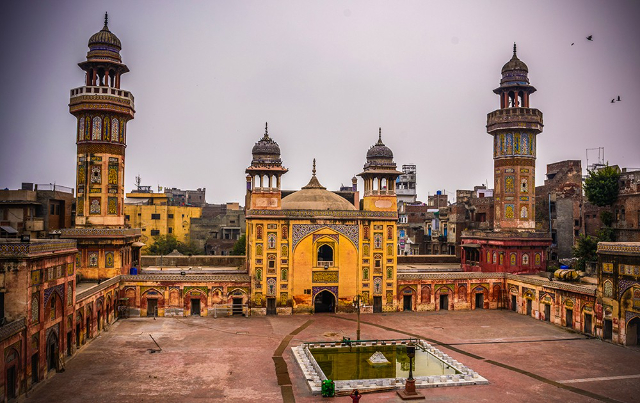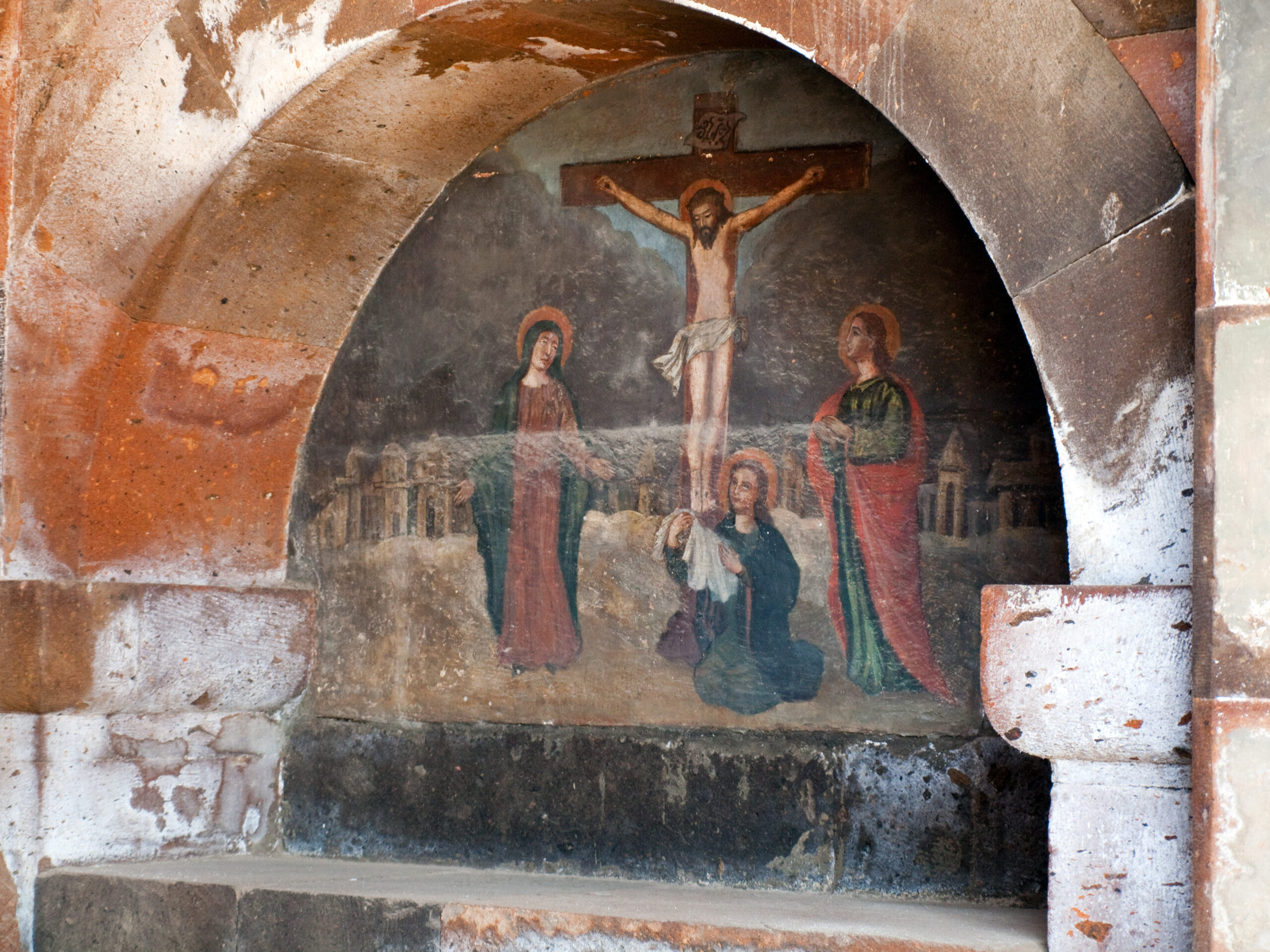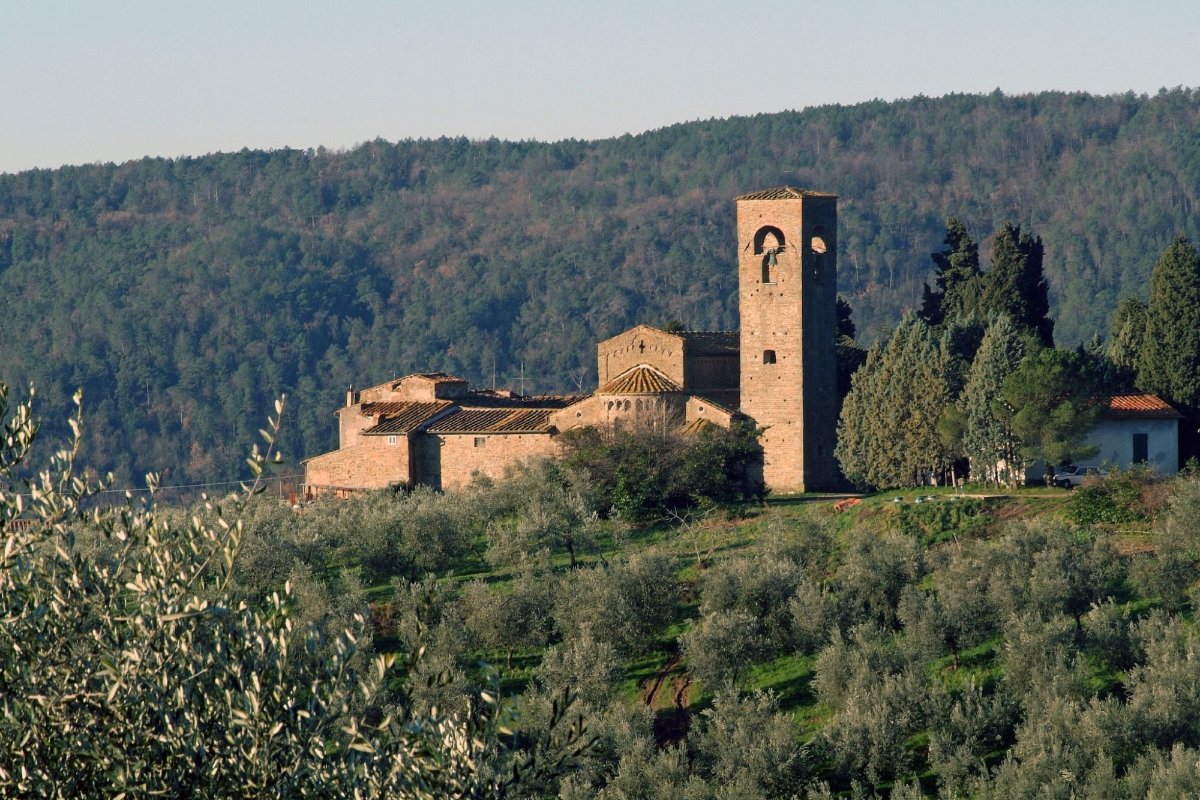The Wazir Khan Mosque, located in Lahore, Punjab, Pakistan, is a quintessential example of Mughal-era architecture and artistry, commissioned by the Mughal Emperor Shah Jahan in the 17th century. Known for its breathtaking beauty and intricate details, this mosque stands as a significant monument not just in Pakistani heritage but in the broader context of Islamic architecture.
The mosque’s construction started in 1634 C.E. and was completed in 1641, during a period when Mughal architectural innovation was at its peak. It forms part of a larger complex that included the Shahi Hammam baths, underscoring its role not only as a place of worship but also as a social and cultural epicenter within the city.
Wazir Khan Mosque is celebrated for its magnificent faience tile work, known as ‘kashi-kari,’ which adorns its exterior and interior walls. This tile work features a vivid palette of colors and intricate geometric and floral motifs that captivate onlookers. Additionally, the mosque’s interior is a visual spectacle, nearly entirely covered with elaborate frescoes that illustrate stories and patterns reflective of Mughal aesthetics and spiritual symbolism.
The mosque is particularly noted for its use of calligraphy and embellishment with verses of the Quran, adding a profound spiritual dimension to its artistry. The detailed craftsmanship of the mosque extends to its minarets and domes, which are elaborately decorated and contribute to the skyline of Lahore.
Now on the UNESCO World Heritage Tentative List, Wazir Khan Mosque is not only a testament to the sophisticated architectural practices of the Mughal era but also a continuing place of worship and a tourist destination that attracts visitors globally. It is often considered the most ornately decorated Mughal-era mosque, showcasing the rich cultural heritage and artistic legacy of its time.













